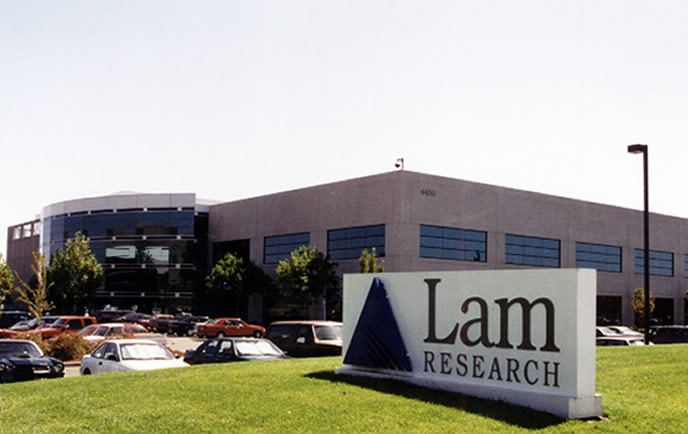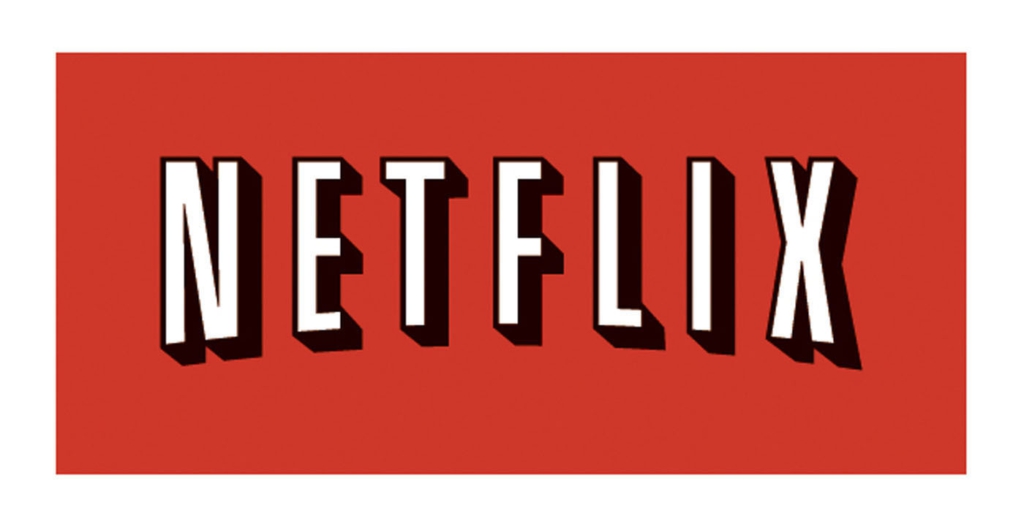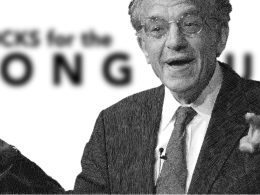by Hubert Marleau, Market Economist, Palos Management
July 28, 2023
What the past week revealed was already known. Growth is strong but weakening; inflation is elevated but moderating; the cost of money is high, but slowing; and corporate profits are tenacious. In the quarter ended June 2023,the BEA reported that nominal GDP had risen at an annualised rate of 4.6%, with growth at 2.4% and inflation at 2.2%. Meanwhile, the widely acclaimed personal consumption expenditures index (PCE) index rose 0.2% in June, registering a year-over-year increase of 3.0% and an annualised rate of 2.1% for the last 4 months. Broadly speaking, the economy seems to have returned to what was once considered normal before the pandemic: 2% for growth and 2% for inflation. Concurrently, reported earnings by more than 150 S&P 500 companies proved to be better than expected, while giant tech companies showed that they were still doing well, matching the hype and still going concerns. The Atlanta Fed’s initial estimate for GDP growth in Q3 is 3.5%. WOW!
All told, the S&P 500 stayed in the green, above its 200-day moving average while the Dow Theory continued to confirm the sustainability of this bull market. Indeed, investors are so sanguine that the S&P 500 has gone 46 days without a closing decline of 1% or more. In the past week, the S&P 500 rose another 44 points, only 4% from its all-time high.
And why not? Everybody knows that the Fed did not have strong reasons to raise rates or believes that it has licked inflation. The monetary authorities were locked in because of their previous verbiage that they were not done yet. Put simply, it was better to raise interest rates than lose credibility.
From hereon, what needs to be figured out is whether the financial markets, bond and stock alike, are right that inflation will fall to the Fed’s dream target of 2% without causing a recession, making the Wednesday rate hike the last one for this cycle. From my perspective, there is no need for another at the next FOMC meeting in September. However, the monetary authorities had no reason to show their hand this time. They prefer to wait for the big one in the fall. In anycase, the market is taking care of that: the chance of the Fed raising rates again before the end of the year is only 40%. Additionally, futures are implying the target-rate range will be more than a full percentage point lower than it is now. These market projections are based on monetary theory, reliability and validation of which have passed the test of time. Moreover, there is sufficient empirical evidence showing that the theory is currently working.
The Quantity Theory of Money
The pace of the money travels in tandem with the nominal change in GDP because the economy runs on credit, perhaps not perfectly, because velocity and lags can obstruct their correlation, but in the end it fundamentally does. In real terms, the money supply has turned negative for the last 36 months, contracting even more in the last 12. Given that the new policy rate is now 5.50% and therefore higher than the nominal speed of the economy, the money supply is bound to be sluggish. In this regard, a normal relationship between the money supply and N-GDP could reestablish itself by the end of 2023. Acknowledging that business sentiment and consumer confidence are holding up pretty well, the ongoing disinflationary monetary force is bound to affect inflation as much as real growth. Theoretically, a moderation in growth toward an annualised rate of 1.00% over the next 12 months, which will be below trend growth, should lead headline inflation toward 2.0%. This is baked in. Research by former Fed Chairman Ben Bernanke and International Monetary Fund chief economist Olivier Blanchard shows that wage growth can moderate without a big jump in unemployment.
Supportive Economic Statistics
Friday’s release of the employment cost index - a highly regarded gauge of labour cost pressure, which measures the change in hourly labour costs to employers over time - ticked lower to 1.0% in the second quarter, a pleasant downshift from previous increases. Looking ahead, business surveys point clearly to a marked softening, with the y/y rate of wage growth likely to be below 4% by the end of the year, closing in on the 3.5%-ish pace usually associated with the 2% inflation target. In this regard, even a modest improvement in productivity would offset labour costs from causing a wage-price spiral. Of course, waves of labour strikes, expensive new labour contract settlements and wasteful work stoppages must be avoided. Thus labour conditions need to be watched closely, because herein lies the answer to core inflation ex-rent. Although there are a few spots of concern among hotel workers, airline pilots, truckers and auto workers, I'm not alarmed. Higher labour participation rates, reduced hours of work, less labour turnover and lower quit rates should prevent labour from acting up.
What Could Go Wrong?
Higher oil prices would throw a monkey wrench in the ring. The cost of Brent crude has traded between $75 and $85 per barrel all year, as lower Asian demand encouraged speculators to maintain bearish positions. This could change. China is reflating, Russia is exporting less, the U.S. is refilling their SPR and the IMF says that the global economy is resilient. The Bank of America thinks that a barrel of international oil could hit $90 by early 2024. Meanwhile, energy stocks offer a good hedge against a remote but possible uptick in inflation. Valuations are rich, the bar is high and the bull run has been relentless. Thus the S&P 500 is vulnerable to technical correction of 3% to 4% from Friday’s close (4582). I would buy into the prospective dip.
P.S. I’m heading to Amsterdam for a week on Saturday to watch the World Gymnastic Exhibition, so I will not be writing next week. I shall be enjoying the sights of the Netherlands instead.
Copyright © Palos Management















